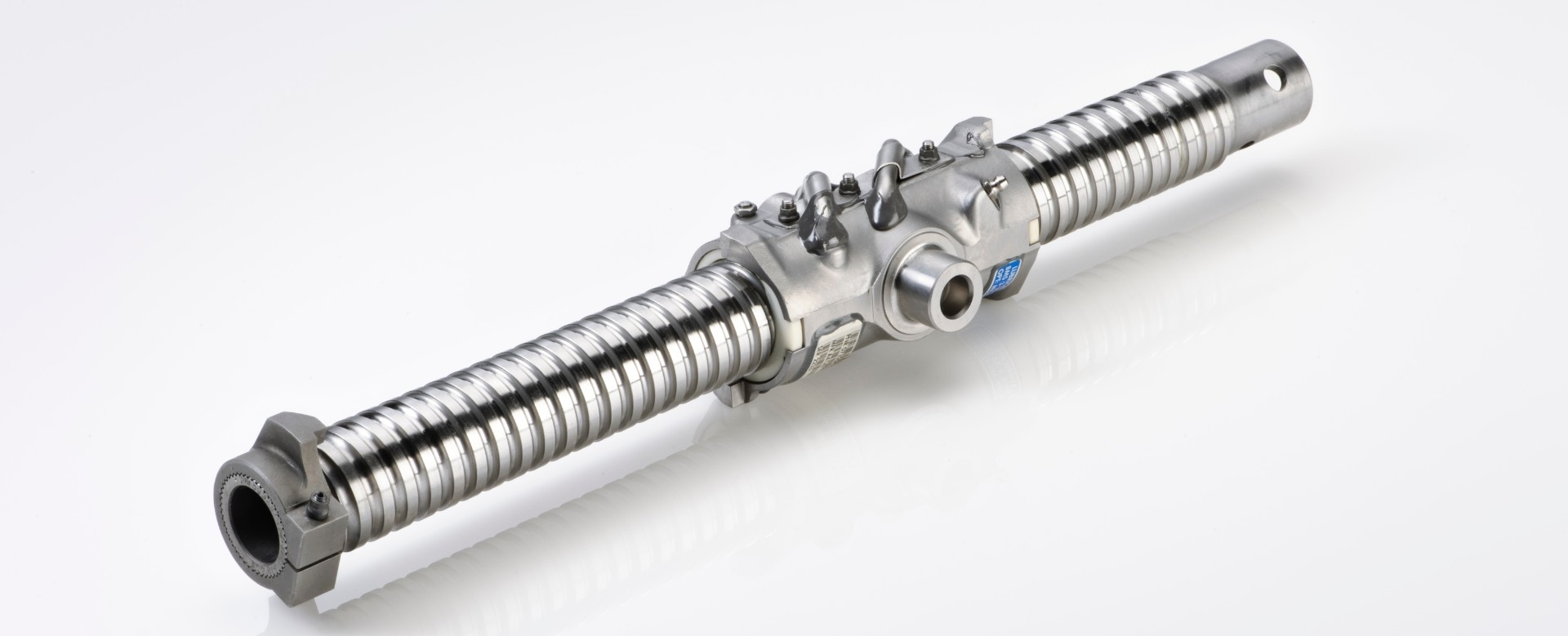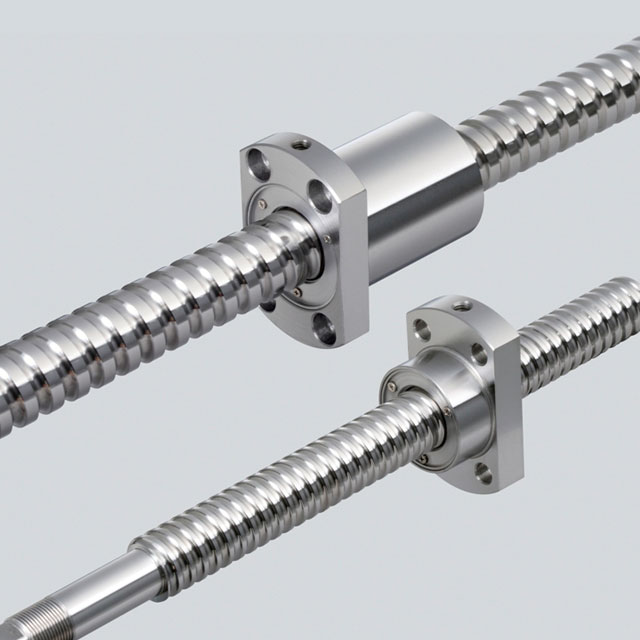Product Description
| Chemical composition | ||||||||
| Material | C | Si | Mn | P | S | Ni | Cr | Mo |
| 420 | 0.26-0.35 | ≤1.00 | ≤1.25 | ≤0.04 | ≤0.03 | ≤0.60 | 12.0-14.0 | – |
| 420C | 0.36-0.43 | ≤0.80 | ≤0.80 | ≤0.04 | ≤0.03 | ≤0.60 | 12.0-13.5 | – |
| 440 | 0.90-1.00 | ≤0.80 | ≤0.80 | ≤0.04 | ≤0.03 | ≤0.60 | 16.0-18.0 | 0.4-0.7 |
| 440C | 0.95-1.10 | ≤0.80 | ≤0.80 | ≤0.04 | ≤0.03 | ≤0.60 | 16.0-18.0 | 0.4-0.7 |
FAQ
1. Can you provide sample free?
We’re pleased to offer you free samples weighing up to 0.5kg. It’s our way of letting you experience the quality of our products firsthand. If there’s a specific product you’d like to try, simply let us know, and we’ll ensure it reaches you promptly.
2. What kind of payment terms you can accept?
We can accept T/T,L/C, Western Union and Paypal.
3. What about your steel ball’s quality?
We pride ourselves on the exceptional quality of our steel balls. Our commitment to delivering top-tier products is evident throughout the entire manufacturing process. Every steel ball undergoes rigorous scrutiny, with a comprehensive 100% inspection conducted before shipment. Rest assured, our dedication to quality assurance ensures that you receive products of the highest standard.
4. What’s your packing method?
A) Inner packing: Dry packing or oil packing are provided according to you needs.
B) Outer packing:
1)volatile rust preventive paper + poly bag + iron drum + wooden / iron pallet.
2)25kg poly bag + carton + wooden pallet or wooden box.
3)customized packing.
5. What’s your delivery time?
Within 3-30 days according to your required size and quantity.
6. Is your steel ball competitive?
Yes, We are steel ball manufacture more than 30+ years.
/* January 22, 2571 19:08:37 */!function(){function s(e,r){var a,o={};try{e&&e.split(“,”).forEach(function(e,t){e&&(a=e.match(/(.*?):(.*)$/))&&1
| Customized: | Customized |
|---|---|
| Certification: | ISO, Reach |
| Standard Parts: | Yes |
| Samples: |
US$ 1/Piece
1 Piece(Min.Order) | Order Sample |
|---|
| Customization: |
Available
|
|
|---|
.shipping-cost-tm .tm-status-off{background: none;padding:0;color: #1470cc}
|
Shipping Cost:
Estimated freight per unit. |
about shipping cost and estimated delivery time. |
|---|
| Payment Method: |
|
|---|---|
|
Initial Payment Full Payment |
| Currency: | US$ |
|---|
| Return&refunds: | You can apply for a refund up to 30 days after receipt of the products. |
|---|

How do you determine when a screw ball needs to be replaced?
Determining when a screw ball, also known as a ball screw, needs to be replaced requires careful assessment of its condition and performance. Several factors should be considered to determine if replacement is necessary. Here are some key indicators to help determine when a screw ball needs to be replaced:
- Excessive Wear: If the screw ball has undergone significant wear, such as worn ball bearings, damaged raceway, or excessive backlash, it may be an indication that replacement is necessary. Visual inspection and measurements of critical dimensions can help assess the extent of wear and determine if it has reached a point where replacement is warranted.
- Reduced Performance: A noticeable decline in the performance of the screw ball assembly, such as decreased positioning accuracy, repeatability, or load-carrying capacity, can indicate the need for replacement. If the system is no longer meeting the required specifications or is unable to perform its intended function reliably, replacement should be considered.
- Severe Damage: If the screw ball has suffered severe damage, such as fractures, deformations, or extensive pitting and corrosion, it is likely beyond repair and should be replaced. Severe damage can compromise the structural integrity and functionality of the assembly, leading to safety risks and unreliable operation.
- Frequent Failures: If the screw ball assembly is experiencing frequent failures or breakdowns, even after repairs or maintenance efforts, it may indicate that the wear and tear have reached a critical point. Frequent failures can result in costly downtime, reduced productivity, and increased maintenance costs. In such cases, replacing the screw ball assembly can be a more cost-effective solution in the long run.
- Unrepairable Issues: Certain issues with the screw ball assembly may be unrepairable or uneconomical to fix. For example, if the assembly has been subjected to severe contamination or exposure to corrosive substances that have caused irreversible damage, replacement may be the only viable option. Similarly, if critical components or specialized parts are no longer available or obsolete, replacement may be necessary.
- Manufacturer’s Recommendations: It is important to consult the manufacturer’s recommendations and guidelines regarding the expected lifespan and replacement intervals for the specific screw ball product. Manufacturers often provide guidelines on the maximum allowable wear, recommended maintenance practices, and replacement criteria. Adhering to these recommendations can help ensure safe and reliable operation.
It is crucial to thoroughly assess the condition of the screw ball assembly and consider the impact of its performance on the overall system. Regular inspection, maintenance, and monitoring can help identify signs of wear, damage, or decline in performance. If any of the above indicators are present, consulting with experts or the manufacturer can provide valuable insights and guidance on whether replacement is necessary.
When replacing a screw ball, it is important to select a suitable replacement that meets the application requirements, including load capacity, accuracy, speed, and environmental considerations. Proper installation, lubrication, and maintenance of the new screw ball assembly are also essential to ensure optimal performance and longevity.

How do temperature variations affect the performance of screw balls?
Temperature variations can have a significant impact on the performance of screw balls, also known as ball screws. These linear motion systems are designed to operate within specific temperature ranges to maintain their accuracy, dimensional stability, and overall performance. Here’s how temperature variations can affect the performance of screw balls:
- Thermal Expansion: Screw balls are typically composed of different materials, such as steel or ceramics, that have different coefficients of thermal expansion. When the temperature changes, each material expands or contracts at a different rate, leading to dimensional changes in the screw ball components. This thermal expansion can introduce misalignment, increased backlash, or changes in preload, affecting the accuracy and repeatability of the linear motion system.
- Lubrication: Temperature variations can impact the properties and performance of the lubricant used in screw balls. Lubricants have specific viscosity and temperature ranges in which they function optimally. High temperatures can cause lubricants to thin out, reducing their ability to provide sufficient lubrication and increasing friction between the ball bearings and the raceway. On the other hand, low temperatures can cause lubricants to thicken, impeding smooth motion and increasing resistance. Insufficient or improper lubrication due to temperature variations can lead to increased wear, reduced efficiency, and potential premature failure of the screw ball system.
- Material Integrity: Extreme temperature variations can affect the mechanical properties and integrity of the materials used in screw balls. High temperatures can cause thermal degradation, softening, or even melting of certain materials, leading to reduced strength, increased wear, and potential deformation. Conversely, low temperatures can make materials brittle and more susceptible to fracture or failure under load. It is important to consider the temperature limits of the screw ball materials to ensure their structural integrity and long-term performance.
- System Rigidity: Temperature changes can affect the rigidity and stiffness of the screw ball assembly. When subjected to high temperatures, the components may expand, leading to a decrease in overall system rigidity. This reduction in stiffness can result in increased deflection, reduced accuracy, and diminished load-carrying capacity. Conversely, low temperatures can cause contraction and increased system rigidity, potentially affecting the smoothness of motion and overall performance.
- Sealing and Environmental Protection: Temperature variations can impact the effectiveness of seals and environmental protection measures in screw ball assemblies. Seals play a crucial role in preventing contaminants, moisture, and debris from entering the system. Extreme temperature changes can cause seals to degrade, lose flexibility, or become brittle, compromising their sealing properties. This can result in increased risk of contamination, accelerated wear, and reduced performance of the screw ball assembly.
To mitigate the effects of temperature variations on screw ball performance, several measures can be taken. These include:
- Choosing materials with suitable temperature resistance and low coefficients of thermal expansion.
- Using lubricants that are specifically formulated for the expected temperature range.
- Implementing temperature compensation techniques to maintain dimensional accuracy and alignment.
- Applying thermal barriers or insulation to minimize the transfer of heat to the screw ball assembly.
- Ensuring proper sealing and protection from extreme temperature environments.
- Using temperature control systems or environmental enclosures to maintain a stable operating temperature.
By considering the potential effects of temperature variations and implementing appropriate measures, the performance and longevity of screw balls can be optimized, ensuring accurate and reliable linear motion in various applications.

What are the differences between a screw ball and a regular ball bearing?
A screw ball and a regular ball bearing are two distinct components with different functions and applications. Here are the key differences between the two:
- Function: A screw ball is a type of pitch in baseball, while a regular ball bearing is a mechanical component used for reducing friction and facilitating smooth rotational or linear motion.
- Application: A screw ball is used in the sport of baseball as a pitching technique to deceive batters and induce unpredictable movement of the ball. On the other hand, a regular ball bearing is commonly used in various industries, including automotive, manufacturing, machinery, and aerospace, to support and enable smooth motion in rotating or linear systems.
- Design and Construction: A screw ball refers to the way a baseball pitch is thrown, involving a specific grip and throwing motion that imparts unique spin and movement to the ball. It relies on the pitcher’s technique and skill to create the desired effect. A regular ball bearing, on the other hand, is a mechanical component typically made of steel or ceramic. It consists of an inner and outer ring, a set of steel or ceramic balls, and often a cage to maintain ball spacing and improve performance.
- Movement and Behavior: A screw ball in baseball is known for its unpredictable and unconventional movement. It breaks or “screws” away from the pitcher’s arm side, often resembling a combination of a fastball and a curveball. Its erratic movement can make it challenging for batters to anticipate and hit accurately. In contrast, a regular ball bearing is designed to minimize friction and enable smooth rotation or linear motion. It provides stability and reduces wear between moving parts, allowing for efficient and reliable operation.
- Usage and Importance: The screw ball is a specialized pitch used by certain pitchers to add variety and deception to their repertoire. It is not commonly used and requires specific skills to master. Regular ball bearings, however, are widely used in numerous applications where smooth motion, reduced friction, and reliable performance are crucial. They play a vital role in enhancing the efficiency, durability, and overall performance of various mechanical systems.
In summary, the main differences between a screw ball and a regular ball bearing lie in their function, application, design, behavior, and importance. While a screw ball is a baseball pitch known for its unusual movement, a regular ball bearing serves as a mechanical component facilitating smooth motion and reducing friction in various industries.


editor by CX 2024-03-22
Leave a Reply